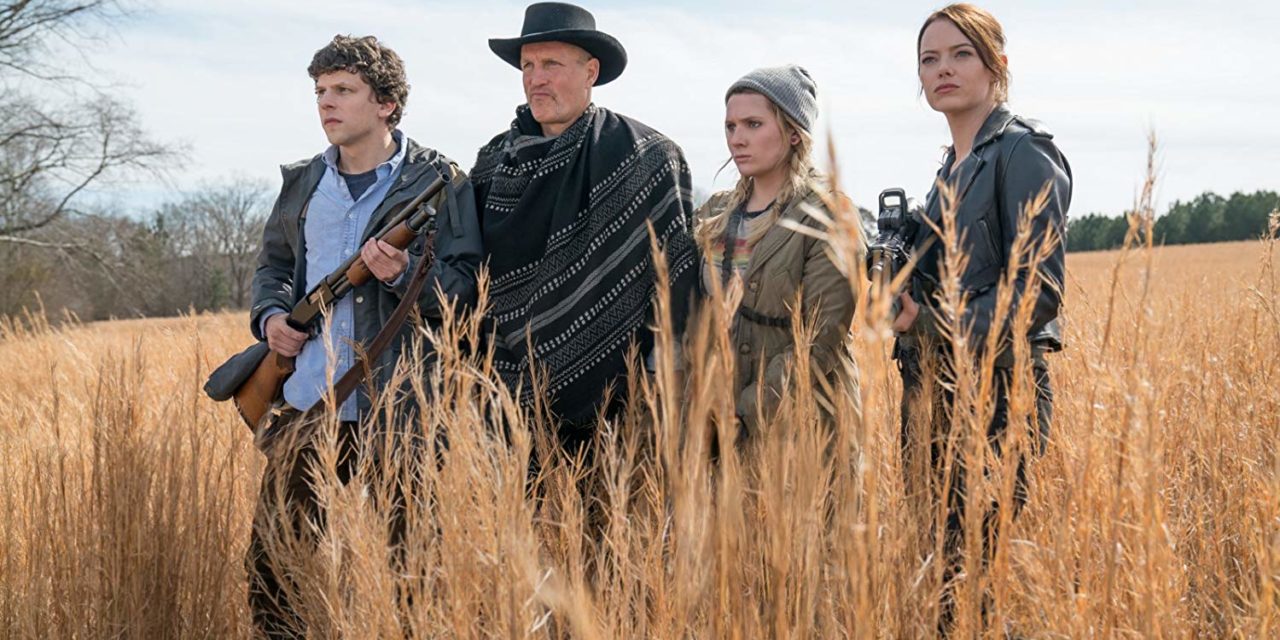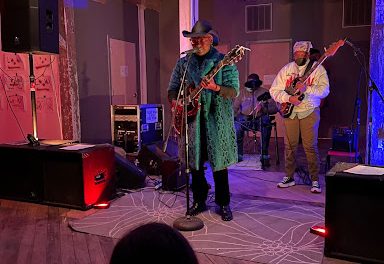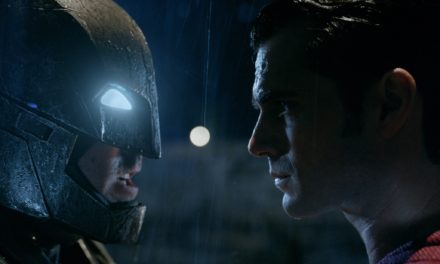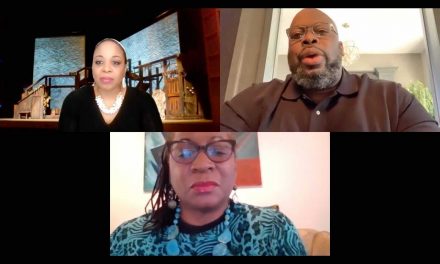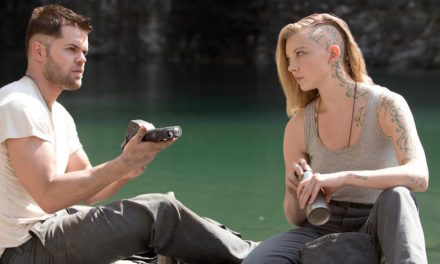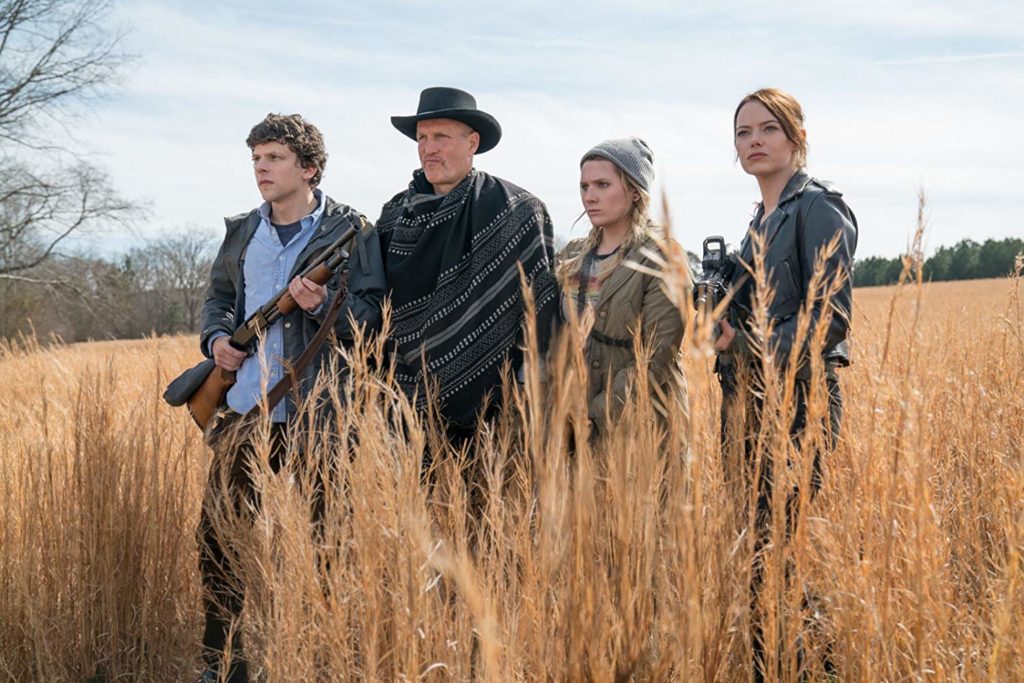
Courtesy of Sony Pictures Entertainment
In the golden age of blockbuster films hinging on grand spectacle, it can often be difficult to find variety and uniqueness in films. At the turn of the decade, the release of “Zombieland” (2009) by debutant director Ruben Fleischer created a huge cultural impact, leading to a semi-resurgence of the zombie genre through “World War Z” (2013), “Train to Busan” (2016) and “The Walking Dead,” as well as the rise of action comedies. With a plethora of action movies produced every year, it can be difficult for films to set themselves apart from the rest, as viewer fatigue cements itself. However, each film has its own unique set of challenges associated with the production process that audiences are often unaware about.
Set and filmed a decade after the original, “Zombieland: Double Tap” follows the story of the four original protagonists — Tallahassee (Woody Harrelson), Columbus (Jesse Eisenberg), Little Rock (Abigail Breslin) and Wichita (Emma Stone) — as they operate from their base in the White House. Over the years, the zombies have evolved and become greater threats, and the heroes must find new ways to endure, manage the familial group dynamic and encounter other survivors of the zombie epidemic.
“Zombieland: Double Tap” bolsters the legacy of the first film by reuniting the characters in comical mayhem. It tells a heartfelt tale of how people best bond during times of distress, a testament to the enduring human spirit.
The Wheel, along with other papers, sat down with Fleischer to discuss his latest film.
This interview has been edited for clarity and length.
The Niner Times: The zombie genre has substantial competition. What steps do you take to make your movie memorable during the production process?
Ruben Fleischer: I operated like an ostrich and just buried my head in the sand pertaining to other zombie content. I felt like the best path for “Zombieland: Double Tap” was to really try and harness the spirit of the first one as much as possible because it had such a distinctive tone and style, and I think that for the fans of the first one, they would expect us to maintain the same tone and style. I really just kept my head down and focused on capturing the magic of the first film.
The Daily Californian: In the first film there are many iconic lines that are improvised. What kind of environment did you want to create to allow the actors to feel comfortable, and what do you think the actors’ improvisation added to the film?
RF: I love improvisation, and one of the joys of being the director is to get to cast these incredibly talented comedians to collaborate with. So when you have some of the world’s funniest people at your disposal, you’d be a fool not to take advantage of all that they bring to the table. With Jesse Eisenberg, Emma Stone, Woody Harrelson, Thomas Middleditch and Zoey Deutch, everybody brought so much to the table as far as improvisation is concerned. There’s a scene when Deutch’s character Madison has to look through some binoculars, and she’s holding them the wrong way, so instead of making things look bigger, they make them look smaller. She has an improvised exchange with Harrelson, and it’s one of the funniest things in the movie. When Middleditch and Eisenberg face-off, they are like two doppelgangers, and so much of what they say back and forth is improvised. There are some really huge laughs involved.
The Daily Bruin: Some think that “Zombieland” is a standalone cult film like “Donnie Darko” or “Scott Pilgrim vs. the World.” What made you want to risk that legacy by making a sequel to the film?
RF: It was born from a desire to work with these guys again. “Zombieland” was my first ever movie, so after doing a few others I realized just how amazing that experience was. This cast is just truly full of wonderful human beings: so collaborative and so fun. The first movie was big for all of us — I think it really changed my life, and you could argue it affected the lives of other cast members, such as Jesse and Woody. We all had a lot of respect for the original, and we didn’t want to do anything to tarnish the reputation of the first film, and so that’s why it took 10 years. We wanted to make sure that the script was great and that we felt confident entering into the sequel. When you see the film, I hope that you think it’s at least as good as the first film.
The Cauldron: Woody Harrelson claimed that this film felt like a family reunion and he spent all day laughing on set. How did you set the tone for the cast, and is there something specific you do as a director to build that sort of camaraderie between the actors?
RF: It was like a family reunion in a real way. I think when you’re trying to make a comedy, it’s really important to have a loose set environment to make people comfortable. One thing I can say safely that I did was to make sure that any new cast members that we brought into the fold would fit well with the rest of the gang. Because we do have such good chemistry already, we wanted to make sure that anyone who is coming to play a role in the film would: A) feel like they belong and B) also be cool people to work with on set.
The Emory Wheel: What were some of the biggest challenges you faced while filming a large-scale action film such as “Zombieland,” as compared to a more indie movie or a short film?
RF: The budget is always a challenge, wanting to do as much as you possibly can with the resources that you have. But for this one, the biggest challenge was filming the finale, where we have a bunch of monster trucks driving around, smashing zombies. I had never spent much time with monster trucks. They’re very unpredictable vehicles, and you can’t have any people in close proximity of the monster trucks because they’re so massive and they could really hurt someone. That entire zombie-monster truck sequence was done with computer-generated zombies and was something we didn’t really do in the first movie. When you watch that sequence, just remember that every one of those zombies that are being chased or killed in that sequence was built on a computer. That was a whole new scale for me. It was a little daunting when you’re watching the edits to see just a monster truck driving around an empty parking lot, and having the faith to know that someday there will be zombies there.
Aayush Gupta (22B) is from Singapore, majoring in finance. He is passionate about soccer and is a die-hard fan of FC Barcelona. His other interests include endlessly talking about movies, international geopolitics, philosophy and dabbling in photography. Contact Gupta at aayush.gupta@emory.edu.

